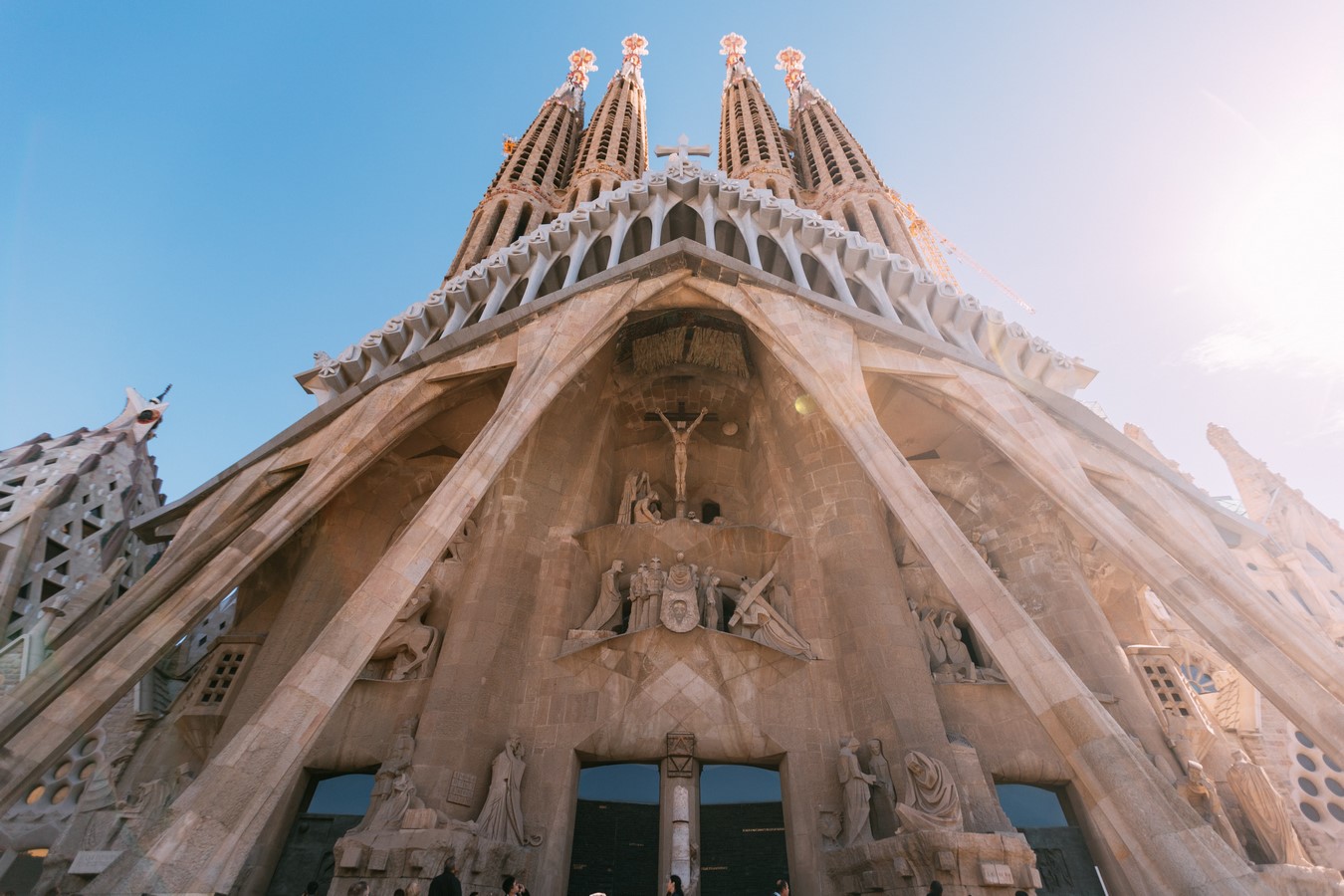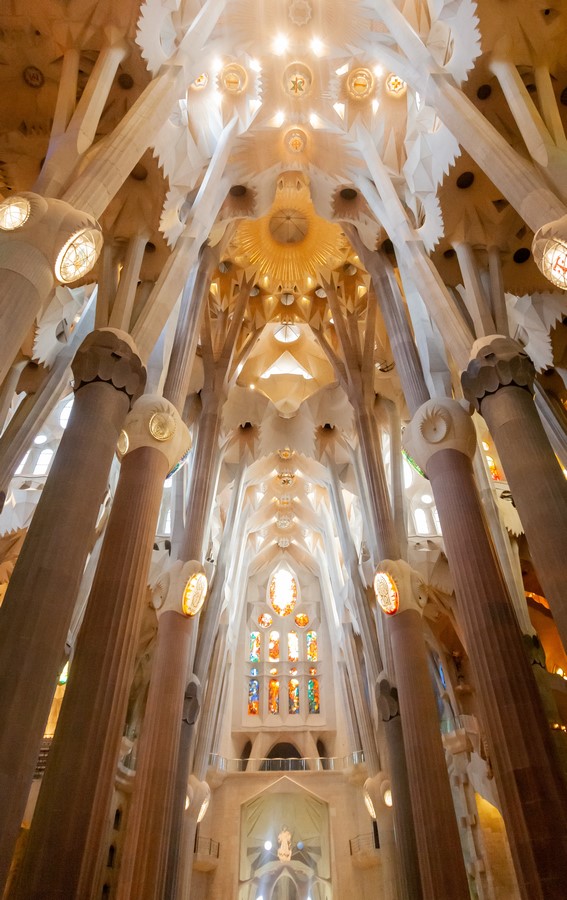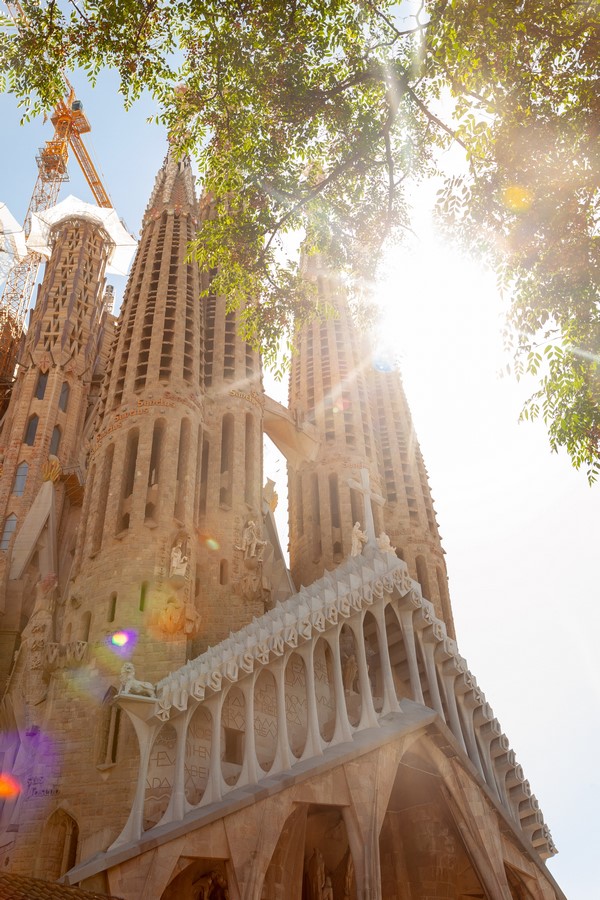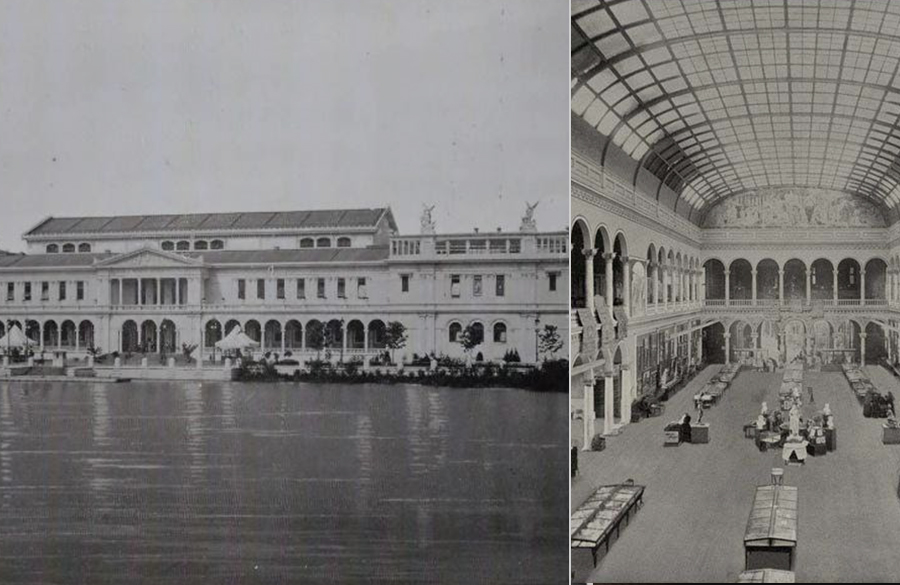The construction of Sagrada Familia Barcelona started in 1882 but after Gaudi’s tragic death in 1926, Sagrada was taken over by Domenec Sugranyes, Gaudi’s disciple.
Josep Maria Bocabella, a Spanish philanthropist and a devout bookseller, envisioned the Basilica of Sagrada Familia and gave the project to Francisco de Paula del Villar in 1882. Antoni Gaudi took over the year after and gave it a new direction. Before Bocabella and Gaudi even met one of Bocabella’s relatives, she had a premonition that the architect of the Temple of the Holy Family would have blue eyes. Guess what physical characteristic Antoni Gaudi had? A pair of blue eyes.
The Basilica de la Sagrada Familia originally followed a neo-Gothic formula style of designing the Roman Catholic churches – with buttresses and exterior arches, rose windows, and a sharp bell tower, before Gaudi changed the game and introduced nature combining with Art Nouveau, Catalan Modernism, and Spanish Gothic to the design. The construction started in 1882 but after Gaudi’s tragic death in 1926, Sagrada was taken over by Domenec Sugranyes, Gaudi’s disciple.

In the present, aside from being the tallest church, Sagrada Familia Barcelona is set to become the structure that has the longest time to construct with a record of 137 years and still counting! Basilica de la Sagrada Familia is expected to be finished by 2026– just in time for Antoni Gaudi’s centenary death anniversary. It is undeniable that Sagrada Familia attracted the attention of a lot of tourists, travelers, architects, and art enthusiasts all over the world. Recently, it was called out as the most ‘instagrammable’ structure. Even the Catalan region of Spain considers Sagrada Familia to be Barcelona’s top economic contributor, supporting the economy with 4.5 million visitors annually who pay 17 to 38 euros to tour the basilica.
It seems that this project was a match made in heaven between Gaudi and Sagrada Familia because of the distinction and limelight it has been receiving all this time. A question that makes one ponder, why did the construction of the basilica last this long?

Ten years after Gaudi’s death in 1926, many of his drawings and models were destroyed by a wildfire that became a big problem for the succeeding architects to understand the vision of the Sagrada’s architect without its original plans. Generations of architects and engineers have to piece together Gaudi’s original idea through the advancement in technology. It still, however, left architects and engineers struggling to piece together and decipher Gaudi’s intentions for the church because even Antoni Gaudi admitted that it would take several generations to complete the huge project. The intention of how the church will look like and should be finished became problematic and has become a topic of debate over the years between the architects and those who are involved in the project.
The argument has reached the point if the project should be continued or be left unfinished. In the book “Antoni Gaudi” by Jeremy Roe, the famous artist Salvador Dali claimed as follows:
“I do not think that the Sagrada Familia can ever be completed, certainly not until a new genius appears… a genius capable of superimposing on Gaudi’s art a new architectonic concept and style that we cannot foresee today. It would be treason against Gaudi’s art to want or pretend to be able to finish the Sagrada Familia by bureaucratic methods lacking the touch of genius. It is far better for the building to remain like a gigantic, decayed tooth, full of possibilities.”
Another point raised on why it took long for the Sagrada to finish is because of the funding issue. Gaudi’s idea that the church should be made by the people, and it is a work that is in the hands of God and the will of people.
The funds to construct relied solely on donations. This made the project face even more delays because of the complexity and costly design. Another factor in the delay of the construction phase was the political and economic status and condition of Barcelona during the construction process. There has been a slow progression in the early 40 years of construction because of the Civil War.
The complexity of its design also has made Sagrada Familia a time-consuming project. The church has three different facades, namely: the Nativity façade, Passion façade, and Glory façade depicting and celebrating the life of Jesus Christ. It is a biblical text in architectural form. Each façade has a different theme that conveys the elements of life with intricate details and ornaments from nature. Incorporating nature into the interior are columns of Gaudi’s unique design that looks like a forest of stone following a Latin cross with five aisles. Aside from these, symbolisms are also present in the design completing a remarkable storyteller of the past, the present, and of the future.

Protests, demonstrations, and vandalisms also took place that slowed down the construction. Many believe, including prominent architects from different parts of Europe, that such a structure should have not been built over one hundred and thirty-seven years, even demanding that the construction should end. They believed that the construction should have ended long ago when Gaudi died in 1926. This is because the church is not similar to Gaudi’s missing plans. The original concept of the design and textures of the façade were different from Gaudi’s intentions, however, these contexts and qualities are trivial than the bigger idea of the design.
It wasn’t even until 2019 that the city of Barcelona granted the basilica a construction permit. The permit that Gaudi applied for the monumental project in 1885 was never granted nor rejected. Although amidst these controversies faced by the renowned Basilica de la Sagrada Familia, the test of the time proved how one could marvel and make such a mark in the history of mankind.











